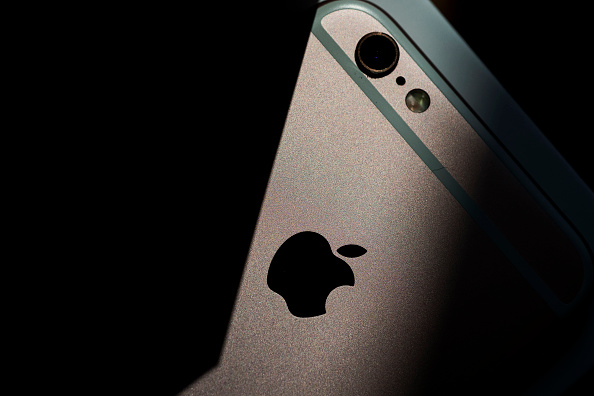-
Tips for becoming a good boxer - November 6, 2020
-
7 expert tips for making your hens night a memorable one - November 6, 2020
-
5 reasons to host your Christmas party on a cruise boat - November 6, 2020
-
What to do when you’re charged with a crime - November 6, 2020
-
Should you get one or multiple dogs? Here’s all you need to know - November 3, 2020
-
A Guide: How to Build Your Very Own Magic Mirror - February 14, 2019
-
Our Top Inspirational Baseball Stars - November 24, 2018
-
Five Tech Tools That Will Help You Turn Your Blog into a Business - November 24, 2018
-
How to Indulge on Vacation without Expanding Your Waist - November 9, 2018
-
5 Strategies for Businesses to Appeal to Today’s Increasingly Mobile-Crazed Customers - November 9, 2018
The Indians behind Apple’s $862 million lawsuit
“Indeed, Dr. (Gurindar) Sohi, the leader of the lab that developed the ‘752 patent, has been elected to the National Academy of Engineering based on his work in the field of computer architecture”, they added.
Advertisement
A federal jury ruled Tuesday that the smartphone and computer giant had used technology patented by Gurindar Sohi, Terani Vijaykumar and two others when developing processors for a few recent iPhones and iPads. The trial has succeeded to a second phase to determine the damages to be paid, which could be a hefty amount of $862.4 million as per the court filling.
The complaint alleges that Apple has cited the 752 patent, granted in 1996, as “relevant prior art” in its own patent applications since that time.
The jury was considering whether Apple’s A7, A8 and A8X processors, found in the iPhone 5S, iPad Air, and iPad Mini with Retina display.
Although, there is no official ruling on the final damages on the company but the university has sought $862 million, according to the court filing, said Market Watch. Apple was sued again recently by the same group for infringing on more patents in their recent processors.
Described as a “table based data speculation circuit for parallel processing computer”, the technology has been “recognized by those in the art as a major milestone in the field of computer microprocessing”, according to the WARF lawsuit. WARF’s website claims it manages an endowment made up of “licensing and investment revenues” that totals over $2.5 billion dollars.
The technology in question essentially helps make devices “smarter” based on past actions.
Following the report in 2009, WARF filed the same lawsuit over Intel for a similar patent violation but was settled out of court.
Advertisement
The case is the latest in a string of disputes over the technology that undergirds smartphones. WARF’s patent, “sounds like a pretty important core technology”, he added. WARF says that Apple ignored offers to license the patent, which would have meant paying a fee to the university.





























